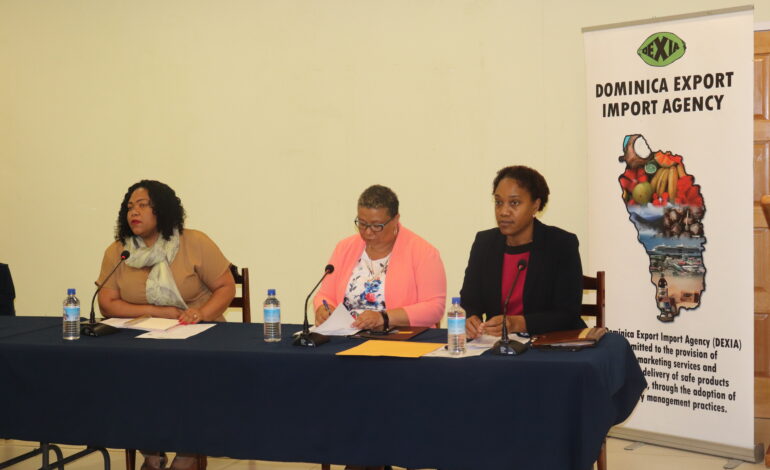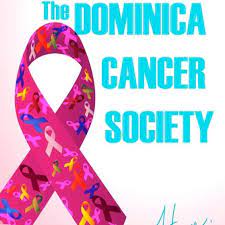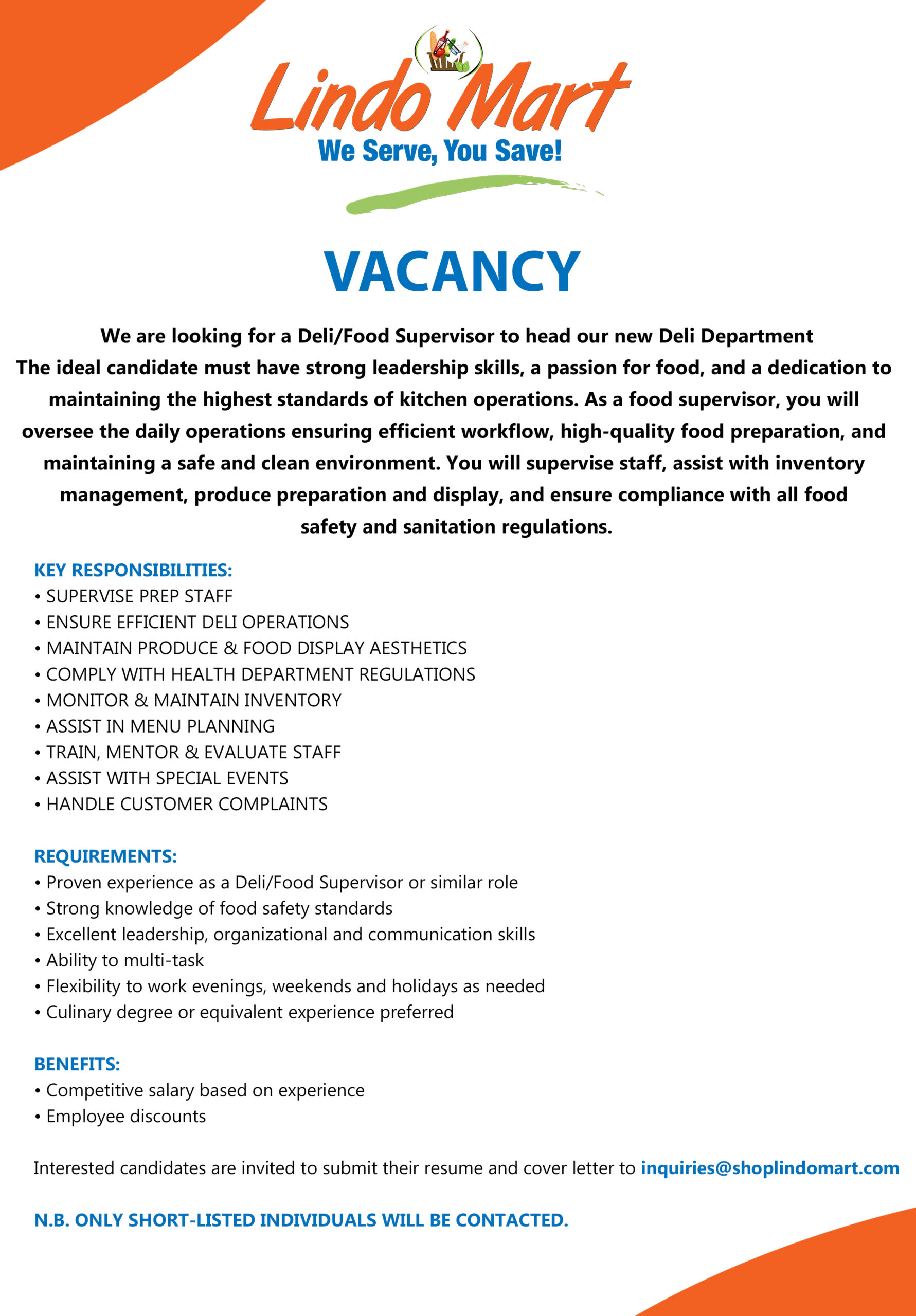
(CREAD) -Helping farmers understand the underlying economics of cocoa production was instrumental to the
development of a financial model that will provide the industry with an accurate assessment of expected
yield and profit based on their output and outlay of capital and resources, as well as, assisting in data
management and strategic planning.
This was articulated by CREAD’s CEO Francine Baron in her address to attendees of a training workshop
organised by the Cocoa Cluster Development Project of Dominica for extension staff, data and information
officers, finance agents, farmers and other cocoa stakeholders who will be putting the CREAD developed
financial tool to use.
“Our hope is that by providing farmers with a clearer understanding of all the cost inputs, as well as giving
them a view of potential revenues, they can plan appropriately, manage the investments necessary to
establish cocoa as a viable and financially rewarding crop, and undertake the long-term financial planning
that is an essential part of their resilience,” CEO Baron added.
The CREAD Chief further pointed out that the development of this financial model is in line with CREAD’s
mandate to help Dominica become the world’s first climate resilient nation, with a focus that includes the
development of solutions for creating sustainable and resilient agriculture.
Explaining that Dominica is an award-winning cocoa destination which produces 100% fine and flavoured
cocoa and is one of the few countries in the world which have achieved the International Cocoa
Organization (ICCO) certification; she added that the country, which has a long history of cocoa
production, is well positioned to capitalise on the high-end global cocoa market, which delivers the highest
return for farmers.
The financial model designed by CREAD’s Economic Growth Lead, Brent Barnette was created to serve as
an investment tool to enable the Cocoa Cluster to implement change management initiatives with respect
to improved investment planning and farm management as its members seek to penetrate the global
cocoa market.
Permanent Secretary (ag) Dr. Paul received the instrument from CEO Baron, and in mentioning
government’s Cocoa Rehabilitation Project pointed out that a Cocoa Coordinator had been employed and
plants were being propagated to meet annual targets of 25,000 and increases in acreage within the sector
which has seen “small but promising growth.”
The Cocoa Cluster was founded in 2019 and is funded by the Compete Caribbean Partnership Facility
(CCPF) with the Dominica Export Import Agency (DEXIA) as the implementing Agency. The Cluster aims to
build on the foundation laid by the Government’s Cocoa Rehabilitation Project and seeks to further drive
the expansion and development of this promising sector. The cocoa financial model also aligns with the
Cluster’s focus on change management and data management – two of its five areas of upgrades. The
others being pre- and post-harvest management, labelling and marketing, and product transformation
and development.
Coordinator – Productivity and Innovation in Caribbean Firms and Clusters at CCPF, Wayne Elliott
highlighted the organisation’s goals to support firms to “grow, compete, innovate and to enter new
sectors and markets plus promotion of an environment that enables innovation and growth.”
Meanwhile, Cocoa Cluster Manager, Taletha Laudat stressed on the importance of “de-risking in
agriculture investments for improved efficiency and profits, and how critical analytics, innovation and
sustainable financing tools can improve the competiveness of the cocoa industry.”
DEXIA General Manager, Paula Platsko expressed satisfaction with the exercise stating: “We are quite
pleased with CREAD’s support of the Project, and their agreement to develop the Cocoa Financial Model
upon the request of our Executing Agency, Compete Caribbean. This Model aims to support our national
resilience objectives, including economic thinking in cocoa farming decisions.”
During his interactive presentation, Barnette highlighted the various aspects of the model and feedback
was given from all participants on ease of use and pertinence to real life situations. With this model,
cocoa farmers can plot a range of data based on various scenarios using the results to get a better
understanding of their future costs and revenues. The model can be used with other high-value crops and
thus is not limited to just cocoa farmers, much to the delight of the extension officers present. Further,
financial enterprises now have empirical data that they can use when make lending decisions, and the
representatives from the Dominica Agriculture Industrial and Development Bank (AID) Bank and National
Development Foundation of Dominica Ltd. (NDFD) were encouraged by this aspect.
The innovative and valuable financial tool coupled with its availability to Dominica’s farmers, means they
are better equipped to make sound investment decisions in cocoa farming and will further assist in
bridging the gap between agriculture, business and finance.






